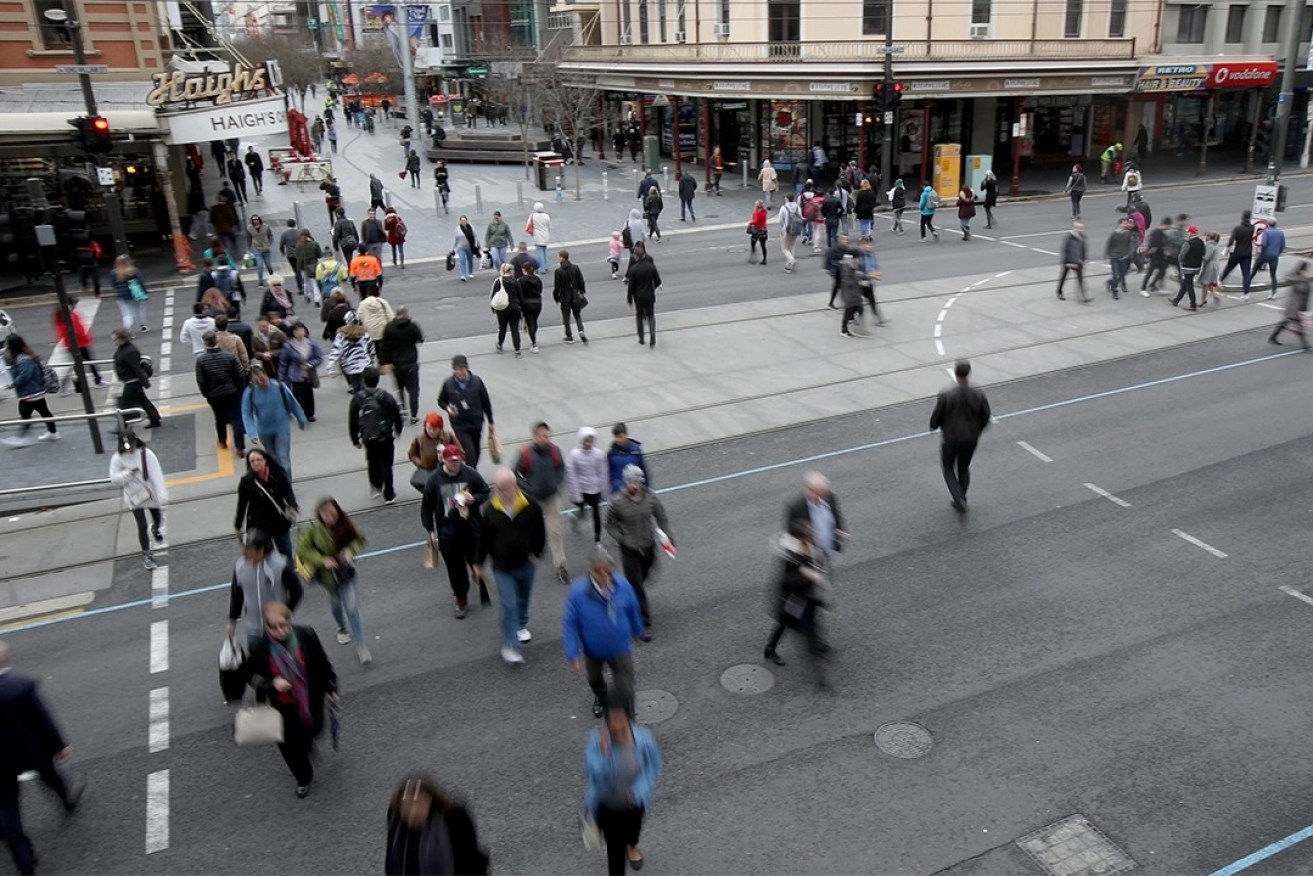Unemployment falls in SA as national rate rises
South Australia’s jobless rate is now Australia’s second lowest, while the national average increased to 3.7 per cent in October.


Photo: Kelly Barnes/AAP
Only New South Wales has a lower rate of unemployment than South Australia, according to the seasonally adjusted jobs figures for October released today.
Unemployment in SA fell by 0.1 points to 3.6 per according to the Australian Bureau of Statistics, just below the national rate of 3.7 per cent.
Queensland now holds the title for highest rate of unemployment in Australia at 4.3 per cent, followed by Tasmania and the Northern Territory which both sit on 4 per cent.
However, underemployment remains an issue for South Australia which has the highest rate of all states and territories of 7.4 per cent, followed by Queensland at 6.7 per cent.
ABS head of labour statistics Bjorn Jarvis said the national figures had returned to levels seen in July and August.
“With employment increasing by 55,000 people, and the number of unemployed people increasing by 28,000, the unemployment rate rose to 3.7 per cent in October. This was back to around where it had been in July and August,” he said.
“The large increase in employment in October followed a small increase in September of around 8,000 people.
“Looking over the past two months, these increases equate to average employment growth of around 31,000 people a month, which is slightly lower than the average growth of 35,000 people a month since October 2022.”
The ABS noted that the October figures may have been somewhat impacted by the referendum which “will have contributed to some temporary growth in employment, hours and participation”.
“However, the temporary effect of referendums and elections on Labour Force employment measures cannot be specifically identified. It is important to note that some temporary jobs growth will not translate into employment growth, if a person works in a temporary job as a secondary job,” the ABS said.
“It is also important to note that only the second of the two reference weeks for the survey includes the referendum date.”
Jarvis added that a slowdown in the growth of hours worked “may suggest the labour market is starting to slow”.
Hours worked increased 0.5 per cent in October, but the annual growth rate in hours worked reduced to 1.7 per cent – down from around 5 per cent in the middle of 2023 and less than annual employment growth of 3 per cent.
“Compared with the labour market just before the start of the COVID-19 pandemic, the growth in hours worked was still greater than employment, at 10.0 per cent and 9.2 per cent,” Jarvis said.
“However, the gap between them had recently narrowed, having been much higher for most of the period from October 2022 to August 2023.
“The recent slowdown in the growth of hours worked may suggest that the labour market is starting to slow, following a particularly strong period of growth.”




